Hot on the heels of the 50th anniversary of hip-hop, we look at the man who not only captured its birth but was very much part of its Golden Age. Much like a mic is to an MC, a camera gifted to British photographer and TV presenter NORMSKI (aka Norman Anderson) at age nine, became his form of expression. Here, from his latest book, he shares some of his incredible photography of legendary rap artists and the cool stories that go with them…
Foreword by Marcus Barnes
In an age where the formation and proliferation of culture occurs at light speed, it’s hard to imagine a time when the archetypes we’re all so familiar with were considered radical. At the dawn of hip-hop’s arrival in the UK, Normski was in the thick of it. His penchant for taking photographs, combined with an infectiously energetic and charismatic persona, and a deep love for the emergent street culture of the early eighties, gave him a unique insight. Norm was immersed in it, living it, day to day, week to week, from the infamous meeting place at Covent Garden, where a who’s who of London’s finest would congregate, to UK Fresh 86, the nation’s first ever large-scale hip-hop event.
Fresh: a term that found new meaning through the culture, but equally referenced the fact that everything was so new and untainted. Documenting all that transpired in those halcyon days became Normski’s life, he was fully dedicated to recording it all onto his trusty 35mm film. Subjects of Normski’s work range from the first UK appearances of LL Cool J, Eric B. & Rakim and Run DMC, to NWA, hanging out with Ice Cube in South Central L.A., visiting the pioneers of techno in Detroit and capturing the explosion, and subsequent growth, of hip-hop in the UK.
Normski didn’t just document the culture as an outsider looking in; this was not an anthropological study by someone disconnected from the movement. This was a highly creative individual who was part of the culture, recording everything he saw from the inside. As a result, Norm also has an array of fascinating stories and some hilarious insights. As someone who was on the frontline at the genesis of a period that inspired a whole new generation; creatively, politically, and socially, he speaks first-hand about his adventures, the characters he met, the zeitgeist of the time and the pure, undiluted energy that paved the way for so much of what’s happening today. This was the dawn of a new era that evoked a shift in British culture, priming the nation for the arrival of acid house and the rave revolution.
The photographs featured in this book are vital; not only for their cultural and historical context, the trailblazing fashion and attitudes and the documentation of a watershed moment, but also because they are indicative of the notion that an apparent underdog can make a huge cultural impact through their talent, tenacity, and truly genuine nature. In Man with the Golden Shutter, Normski presents a definitive glimpse into hip-hop history, through the eyes and lens of a man whose own life has been inherently connected to underground culture from day one.
MC DUKE
“Normski was a pivotal personality in the UK hip-hop scene. He was a force in his self, whose energy pervaded everything around him. We had so many good shoots together because we both understood what we wanted the end product to look like. A once-in-a-lifetime photography experience. Blessed to have had the opportunity to work with the man.”
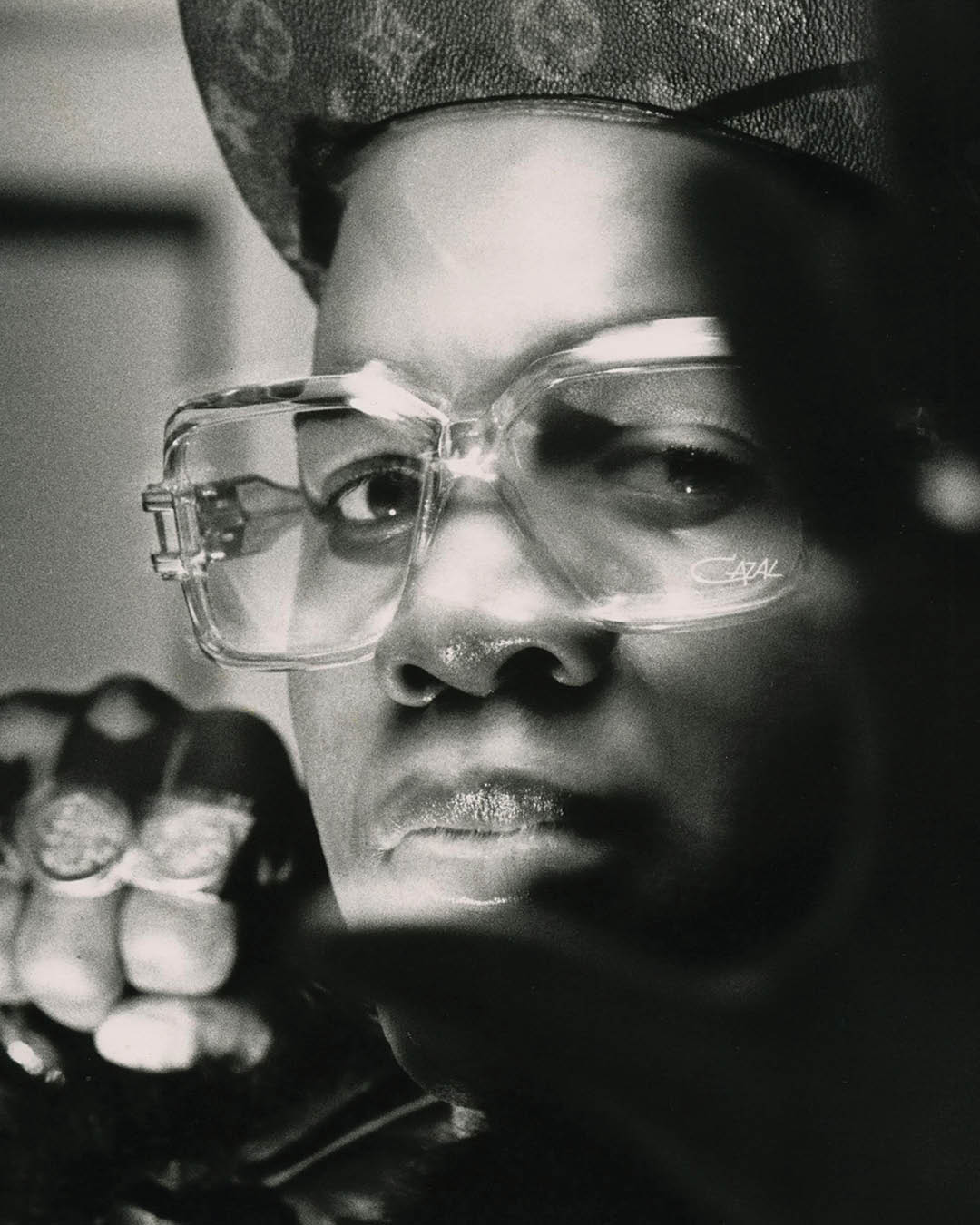
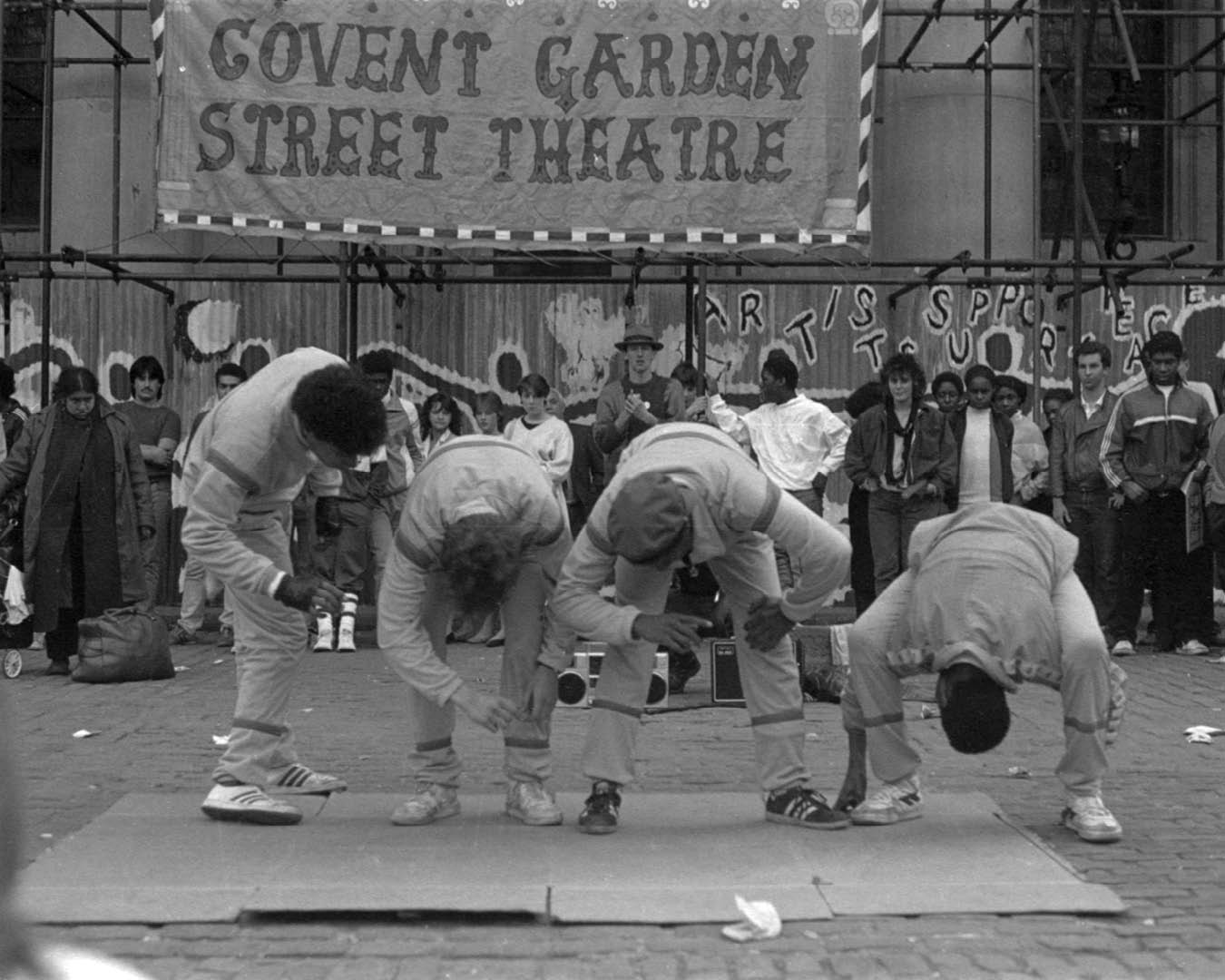
Normski Says
“As far back as I can remember, I was always interested in music and photography. The two forms always ran side by side for me. I played recorder, violin, and kettle drum when I was in infant and primary school in the ’70s. Then I started secondary school and played the trombone for a while, and a full drum kit and percussion, and then went to college in the ’80s. As a teenager, I worked part time at The London Rock Shop in Chalk Farm while studying photography at Kingsway College. The shop would occasionally allow me to take equipment home to practice and create with. I did breakaway from drumming in groups with my friends to pursue my photography career but continued to jam with the crew and to make music at home. When I was in the darkroom at home, I would always have music on, and then, when I started photographing, going to live gigs and events, it all revolved around music.”

CYPRESS HILL
Normski says: “Jumping up a bit, this is a shot with Cypress Hill. I always liked to get involved with the people and make them feel really big! This one was taken at a festival, around 1993, where I just so happened to be hosting the stage (after I got on the telly). I basically wanted to be a like a spliff butt, like a blunt butt, because Cypress Hill were all about ‘smoking blunts’ and ‘g’tting’ high’ or whatever! Ha ha. So, I said, ‘Stomp me out like a blunt, stomp me out at like a blunt!’. And I’m lying on my back underneath them. I’m like, ‘Bend at the waist’, hoping that Sen Dog doesn’t bend forward because his belly would come out! He was like, ‘F–k bending at my waist, I’m gonna look down’. That photograph was later used on a limited-edition t-shirt.”
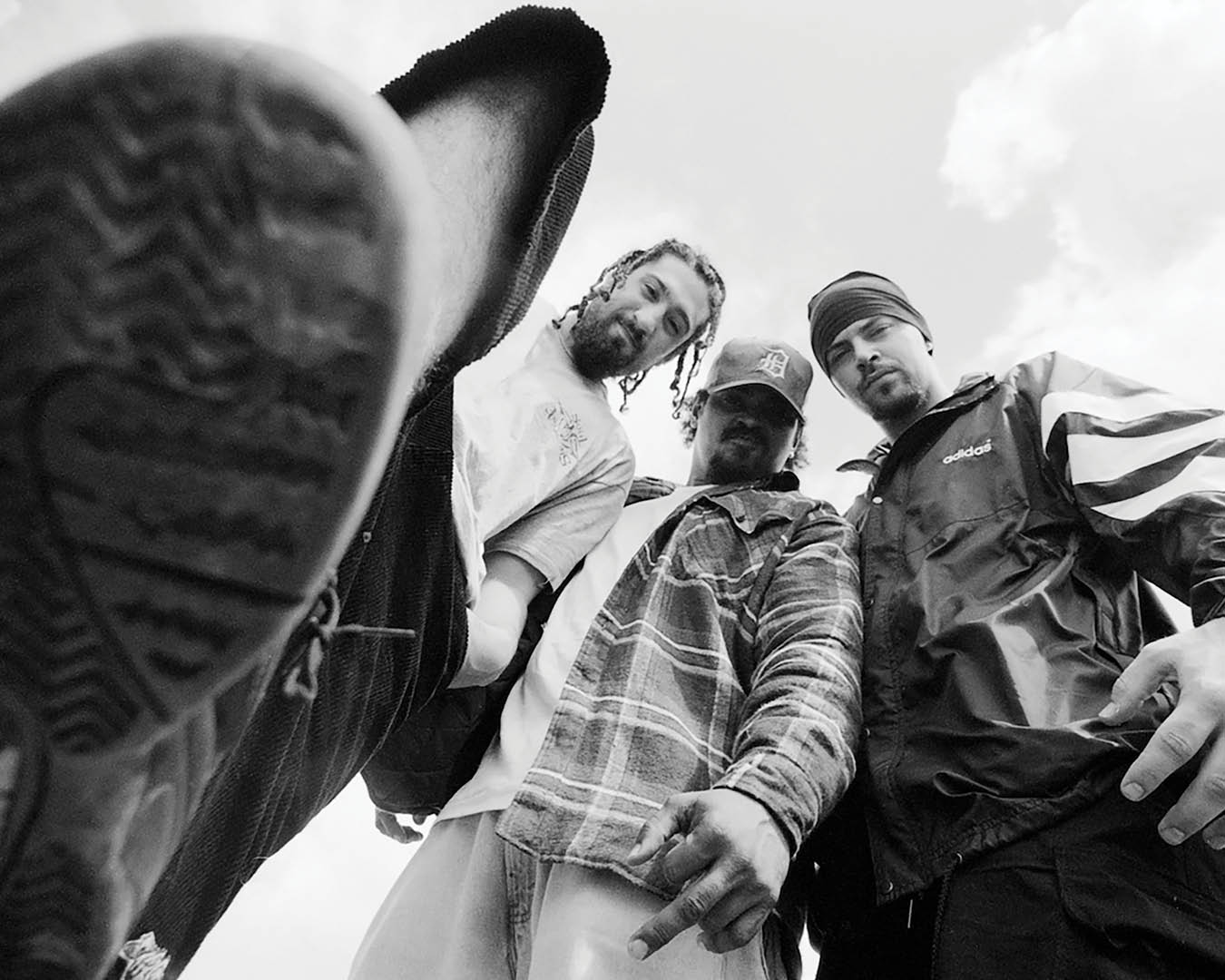
DR. DRE
Normski says: “Just before this Dr. Dre gig at Brixton Academy kicked off, he pulled all the press photographers and anyone else from the press out of the crowd and shouted them down, because N.W.A. got a lot of bad press when they came out. He pointed at everyone and gave them a really hard time. Then he stopped, pointed at me and said, ‘You, who the f–k are you man?’ I said, really loud, ‘My name’s Normski, I work for Hip-Hop Connection.’ And everyone in Brixton Academy just went ‘Boom! Boom!’ That was such a proud moment! He said, ‘Ah, you alright then,’ and I got the thumbs up from Dr. Dre.”

ICE CUBE
Normski says: “This is going back to L.A., with a contact strip of Ice Cube taken a little while after he’d left N.W.A.. We shot outside his mother’s house, on the promise that we’d interview him but wouldn’t talk to the rest of the band. Someone had taken a shot at him, and there was all this internal, politics bullshit. Saying that, right after we took the photographs of Ice Cube, we took off across town and went to see the rest of the band, where I proceeded to take photographs of them and even said, ‘Of course we’re not talking to Ice Cube, we wouldn’t do that to you guys and the band.’ So, the camera never lies but sometimes the photographer does!”
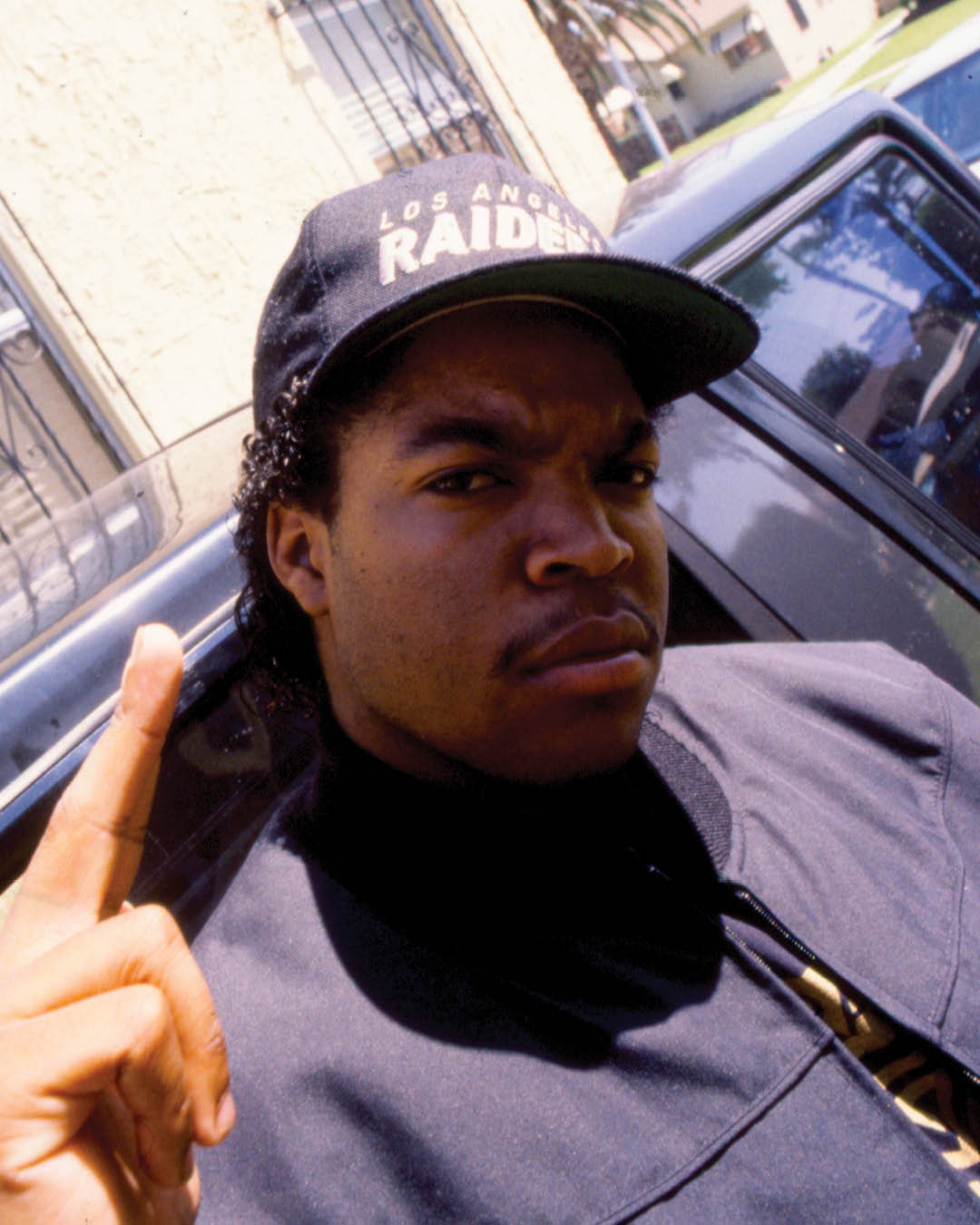
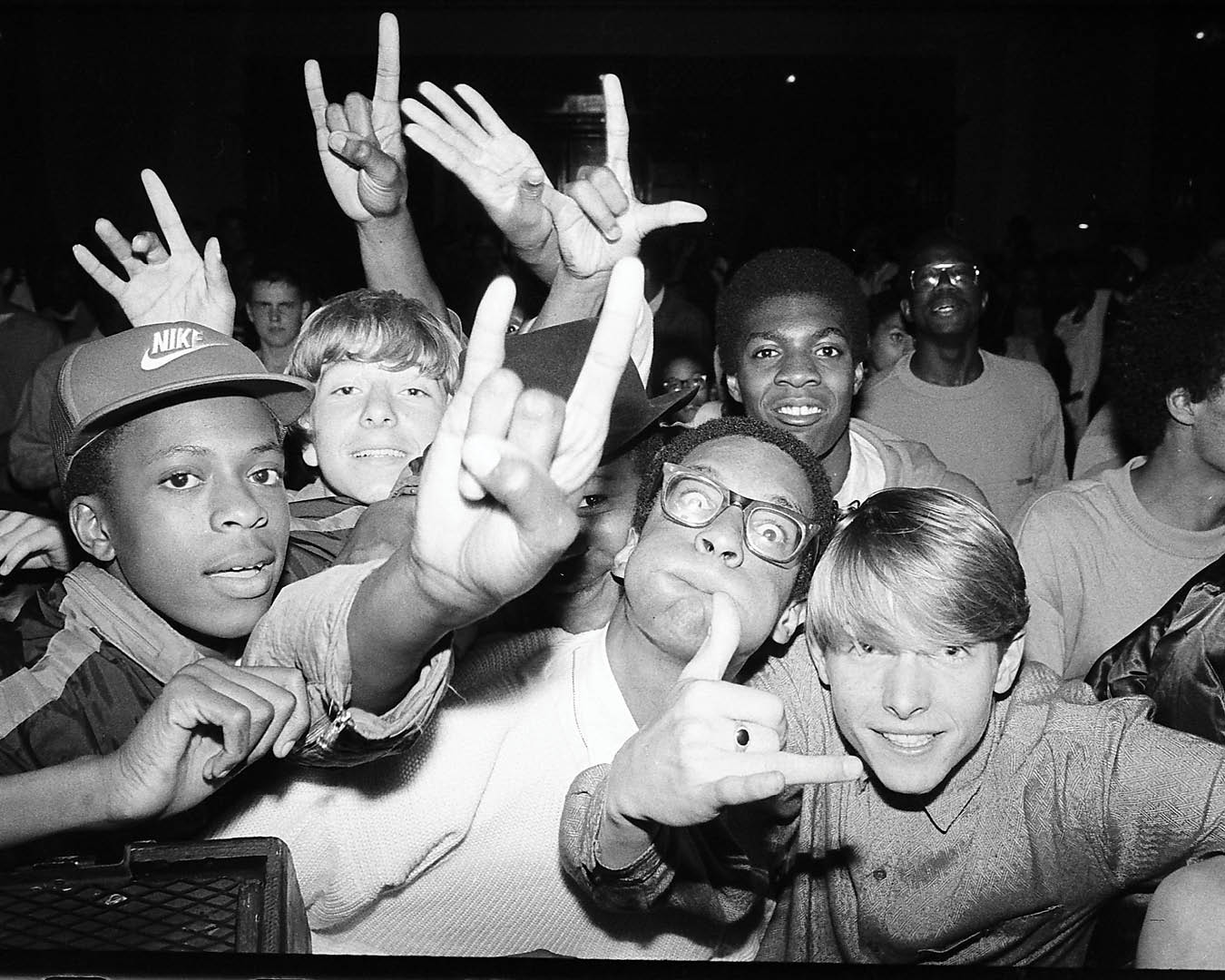
PUBLIC ENEMY
Normski says: “This is that American invasion moment. The first UK tour. Public Enemy were the underdog, playing support to LL Cool J and Eric B. & Rakim, and they quickly became the best part of the tour. Chuck D and Flava Flav are dropping some Fight the Power! and clocking time and stuff. It’s really early on, and I love this live shot because it really captures the whole thing that they’re about. Chuck’s always shoutin’ and Flav’s always got his back, and they’re rocking the whole tracksuit look.”

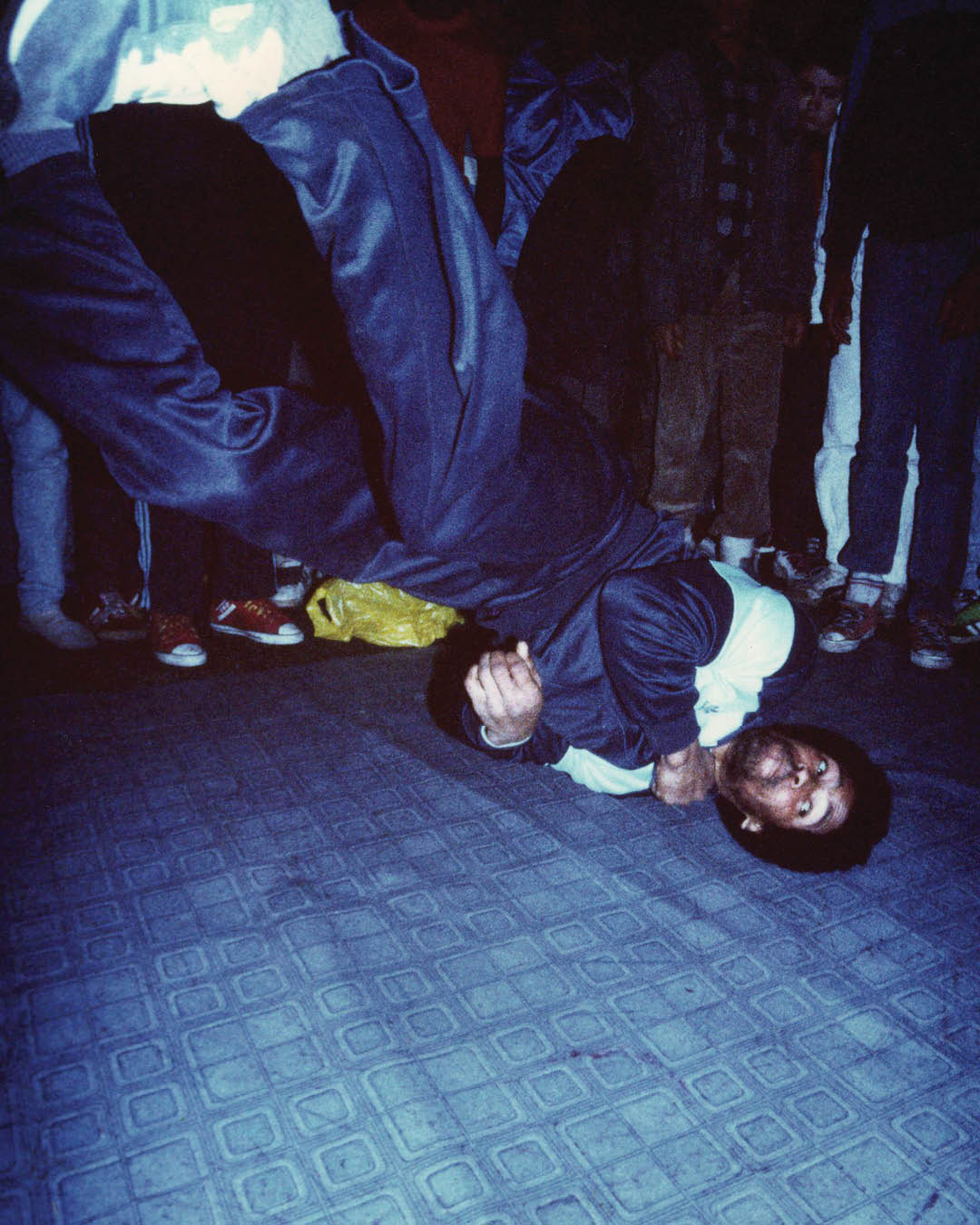
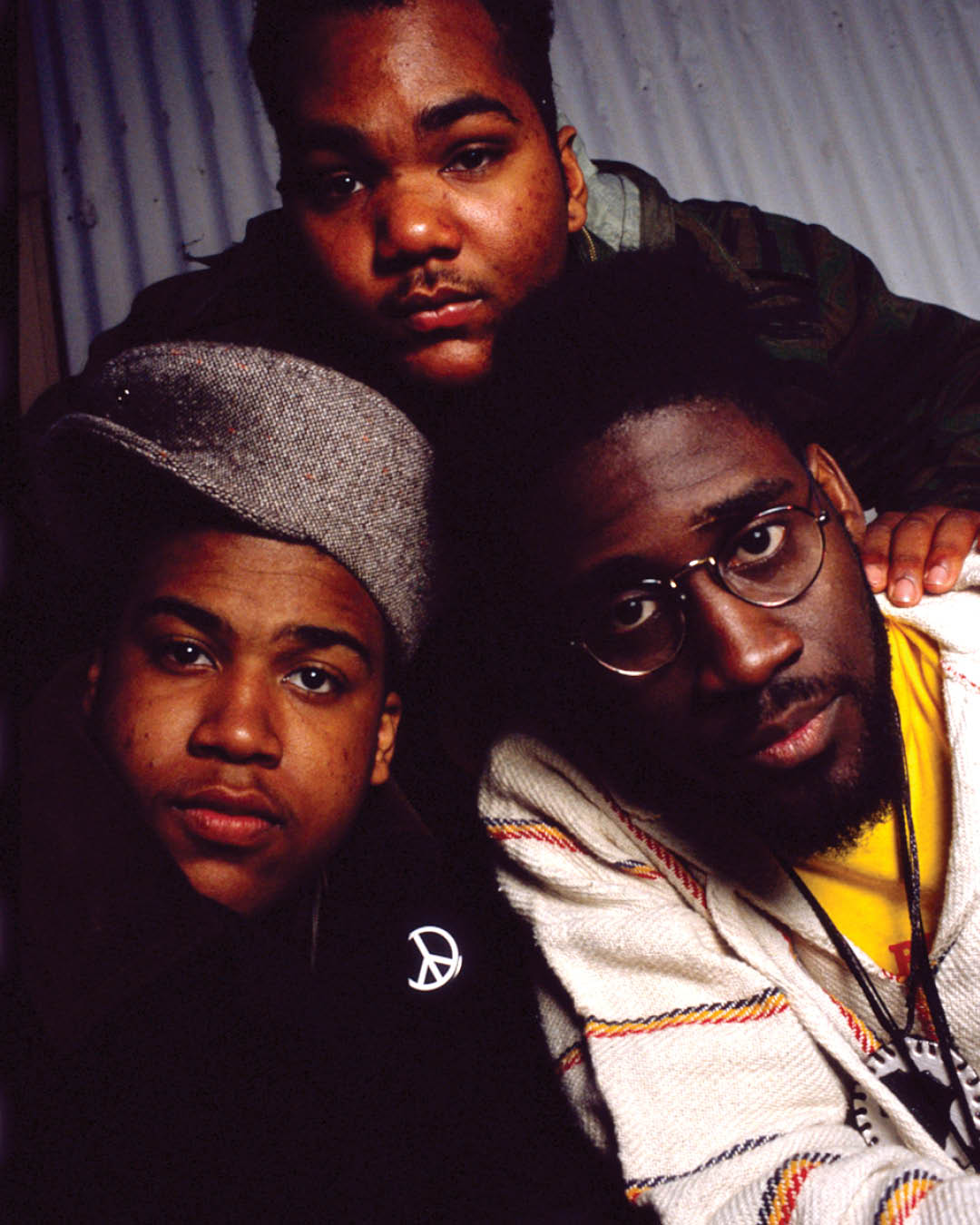
RUN-DMC
Normski says: “This is RUN-DMC backstage at the Royal Albert Hall in 1987. Funnily enough, a few years later I got the chance to shoot them again when I was presenting Dance Energy. Back then, we would film two half-hour shows in one day, which would mean we would have three bands in two separate studios there all day. So, RUN-DMC were there in one and Pet Shop Boys were in the other. Pet Shop Boys came up to me and said they were such super fans of RUN-DMC and would it be possible to get a photo together. I said, ‘Man, I’m sure they wouldn’t mind and, look, I have my camera with me. I’ll go over and ask them.’ So, I ran over between takes and RUN-DMC were like, ‘Hell yeah man, we love Pet Shop Boys!’ And just like that, Boom, I got that photo of the super-powerful hip-hop group RUN-DMC and the super-camp hitmaking duo, Pet Shop Boys.”
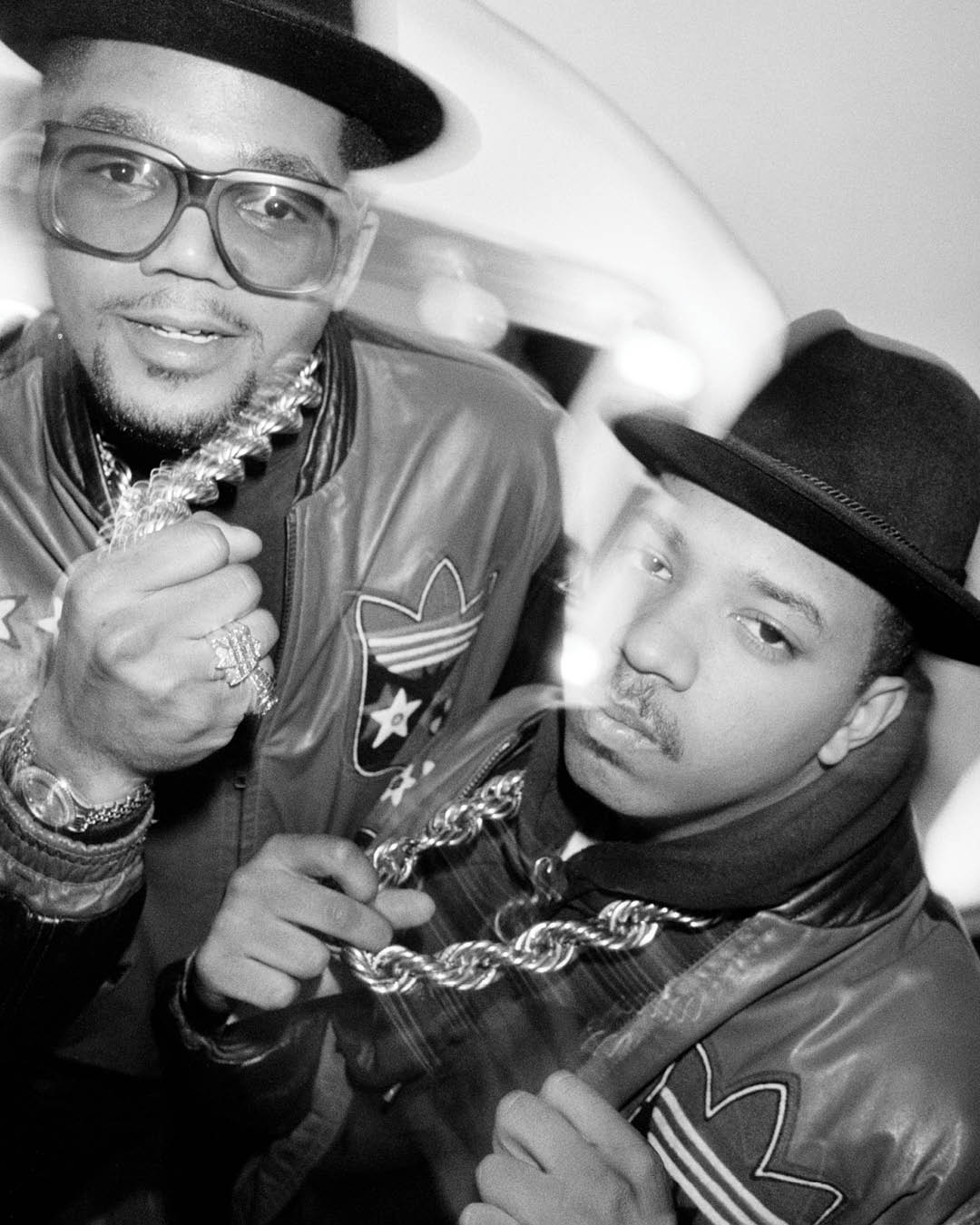
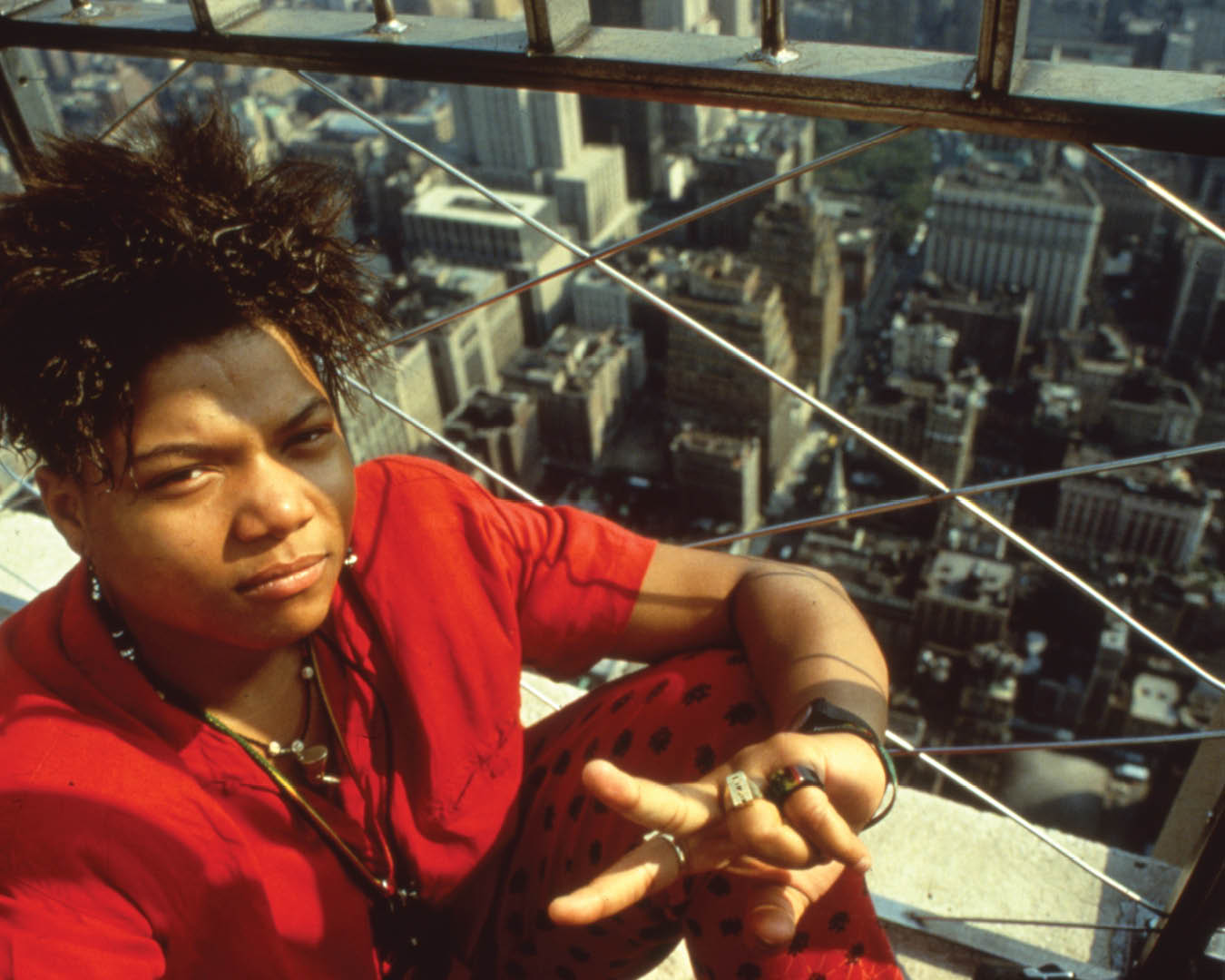
DEMON BOYZ
Normski says: “Here we are with the Demon Boyz in 1989. These guys were the epitome of ragamuffin style, totally on the reggae tip. They got a record deal, and they wanted me to shoot the album cover up north, at their end of London. I didn’t know the location until I got there but that’s the Broadwater Farm Estate in Tottenham. The thing I find hilarious about this shot is that when the Demon Boyz were asked if they wanted any props for the shoot, they just wanted a car. I was thinking, it’s gonna be some Demon Boyz bad-boy American car or a BMW or something. At that time, the car to have was the Ford Cosworth, the reason being that the police drove Ford Cosworths. So, the only way you could outrun the police was in the same car that they drove. The one in the shoot was an RS (Rally Sport) model as well! HaHa! The fact that my mate, who looked like a policeman and was a white brother, was driving, because he had the right insurance, was tricky because they didn’t like the look of him! But we got through it.”
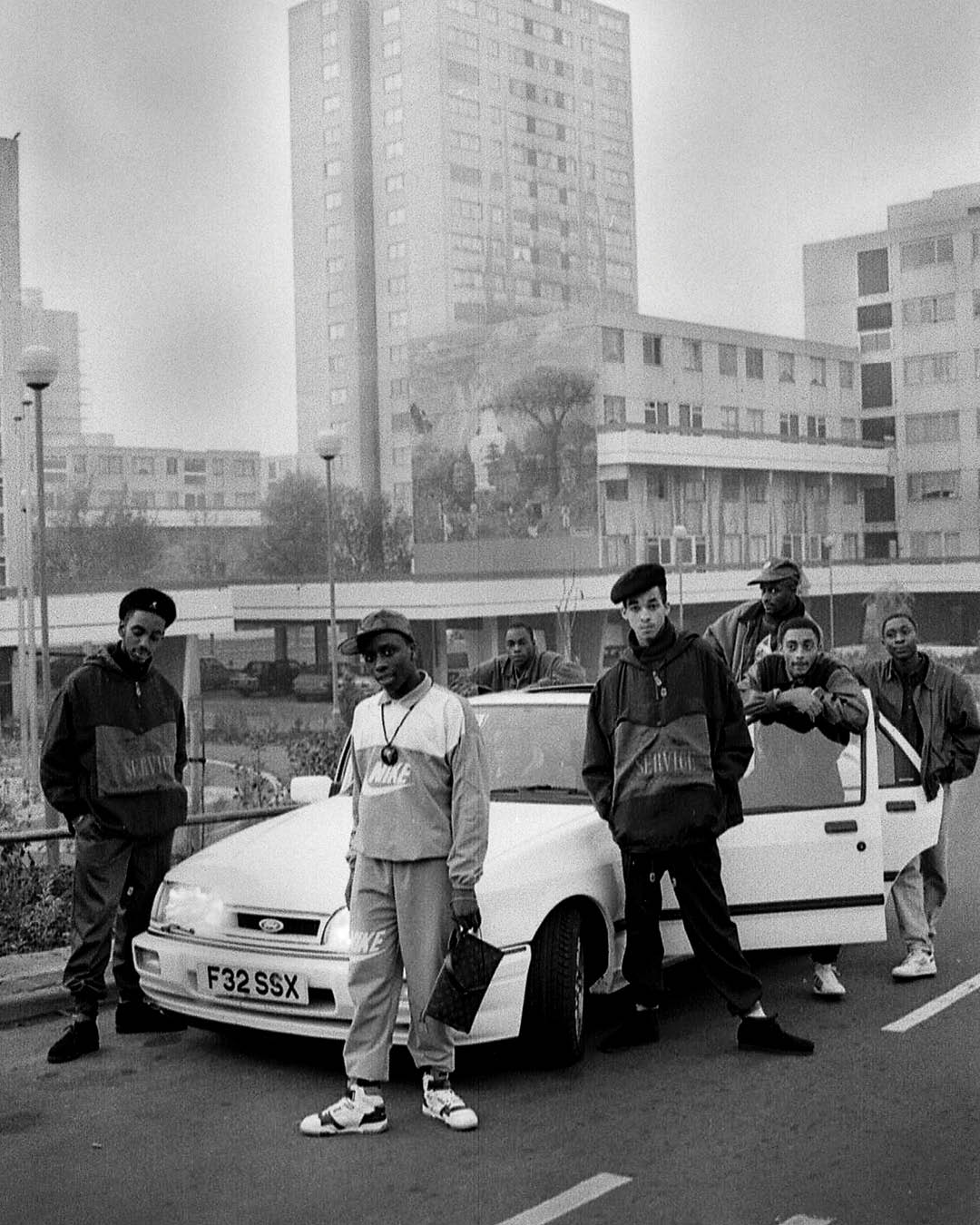

This is an edited extract from NORMSKI: MAN WITH THE GOLDEN SHUTTER (published by ACC Art Books, rrp$99) available at fine bookstores and Amazon
For the full article grab the February 2024 issue of MAXIM Australia from newsagents and convenience locations. Subscribe here.




